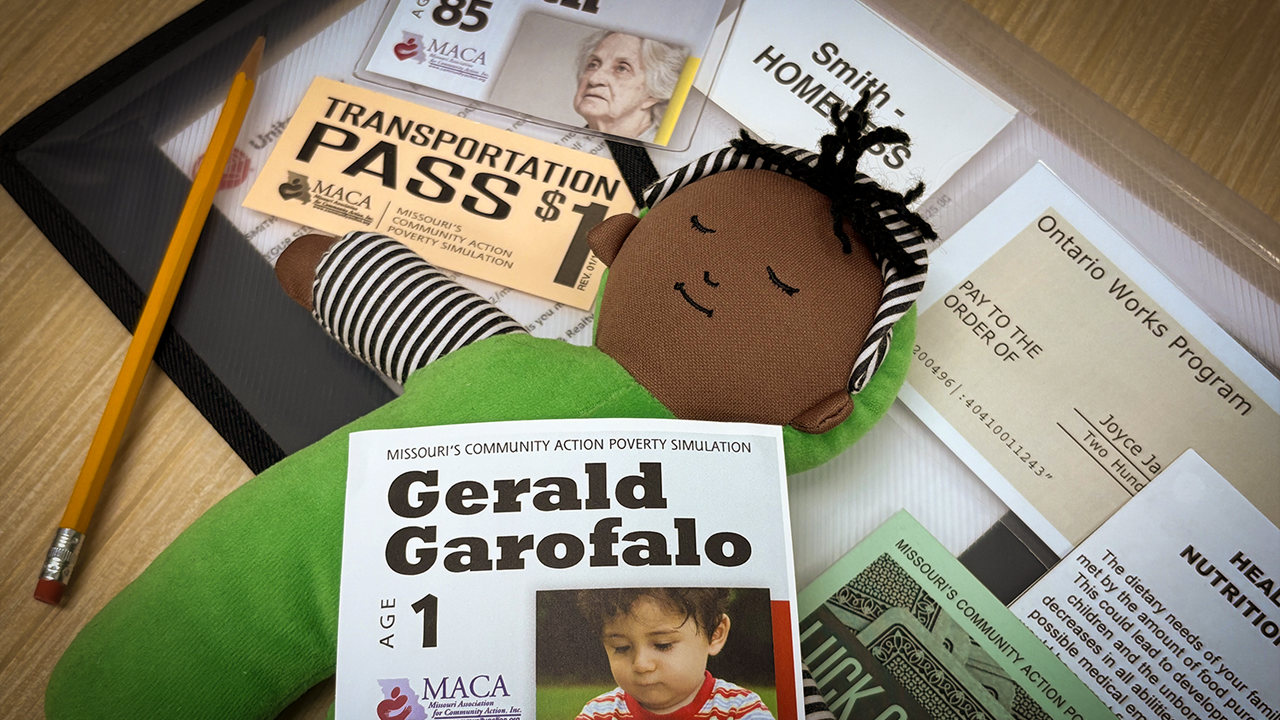
One in four families in the GTA live in poverty. United Way’s “Living on the Edge” reveals what life is like for those struggling to make ends meet — and how we’re helping them find stability.
The room is buzzing. It’s both a strategy session and a scramble. Frantic questions cut through the noise: “Did we get food this week?” Or “If I start a job today, do I get paid this week?” And, bewildered: “Are we homeless?”
Participants dash between service stations to buy groceries, pick up a transit pass or secure a loan. The urgency is real. The stress is real. And that’s the point. In United Way Greater Toronto’s Living on the Edge: Poverty Simulator, participants get just a glimpse of the challenging decisions that one in four GTA families living in poverty are often forced to make.
Here’s how it works: each participant is assigned a role within a family living on a low income. These roles are based on real families who access United Way-funded agencies — from single parents juggling work and childcare to teens stepping in to help cover household responsibilities. Over four 15-minute “weeks,” they must stretch a very limited budget to cover housing, food, transportation, childcare and unexpected expenses. Participants visit stations staffed by volunteers acting as service providers — bankers, grocery clerks and employment counsellors — to meet their family’s needs.
By the end of the exercise, the group felt the weight of life as a series of tough choices — what bill to pay, what to skip. Here are five powerful takeaways, and what they reveal about the realities of the difficult, everyday challenges people are facing in our communities:
1. Survival leaves little room for tomorrow
In the simulator, participants focused on one thing: getting through the week. That meant frantically scraping together enough money to keep the lights on, buy food or respond to sudden crises like job loss or eviction. Every moment was about staying afloat. Planning ahead wasn’t an option.
Many low-income families in our region feel like they’re surviving more than living. When every day is about getting by or reacting to urgent situations, there’s little time or energy left for long-term goals like education, career growth or saving for the future. It’s no surprise that people with lower incomes experience anxiety more than twice as often as those with higher ones.

That’s where United Way comes in. We fund over 300 community agencies that help people meet urgent needs and move beyond crisis. A community kitchen we support serves hot meals while connecting people to housing and employment. A youth shelter offers a safe bed as well as counselling and long-term housing planning. It’s all part of our wraparound approach that helps people find stability and start looking ahead.
2. A job isn’t always a way out of poverty
In the first week of the simulator, a single parent went to the employment centre. She needed food and figured a paycheque was the best place to start. Then an unexpected medical bill wiped out her week’s wages. By week two, her kids still hadn’t eaten. Desperate, she pawned the family TV for grocery money.
Employment is often the first step toward stability. But too many jobs today are precarious and don’t pay enough to cover the cost of living. Nearly half of food bank users this past year have at least one person in their household who’s employed.
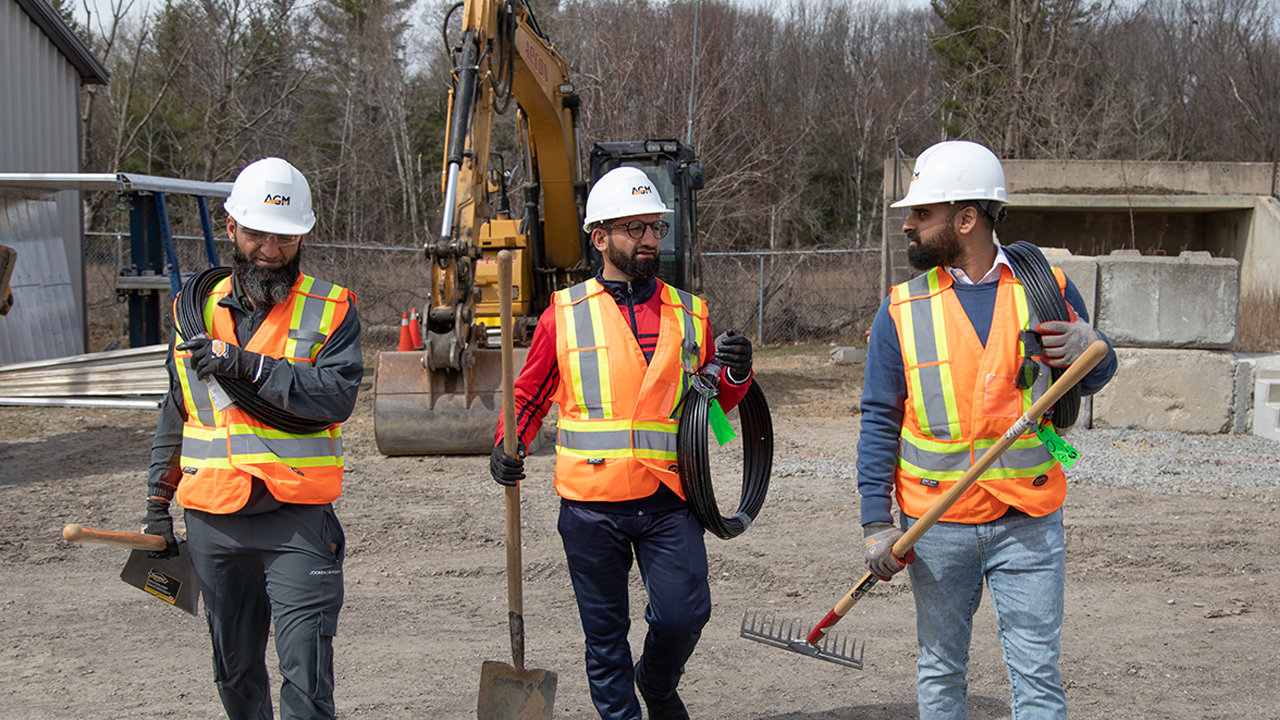
At United Way, we make it our job to help others find theirs — meaningful, sustainable work that creates a pathway to a brighter future. Just one example is our Inclusive Local Economic Opportunity (ILEO) initiative, which connects residents in Scarborough’s Greater Golden Mile to in-demand construction jobs and entrepreneurship opportunities. We also fund 76 inclusive employment programs across Peel, Toronto and York Region and advocate for living wages and portable benefits.
3. Growing up in poverty can mean growing up too soon
One simulator participant playing a 14-year-old spent the first week determined to find a part-time job to help his parents pay rent. Between working and caring for a younger sibling while his parents took extra shifts, he started falling behind in school.
Poverty has real consequences for children and youth in our communities. One in four food bank clients are children, according to the 2025 Who’s Hungry Report, with 18 per cent of households with children reporting their kids went hungry at least once a week. In some low-income neighbourhoods across Canada, nearly half of high school students drop out.
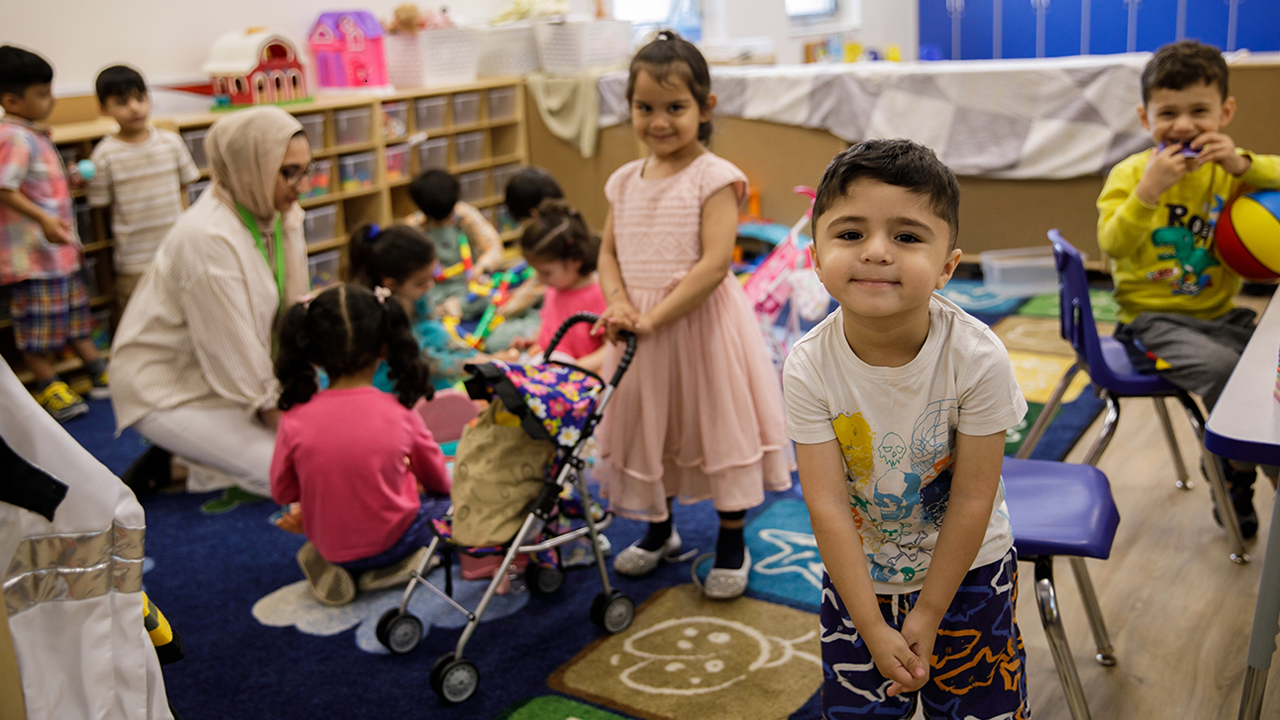
United Way helps kids get their best start while supporting their families. We fund 68 youth programs — from after-school learning activities to parenting workshops. United Way-funded Community Hubs bring a range of services that are helpful for families together under one roof. At the Thorncliffe Park Hub, for example, kids can join free programs, teens can drop in for recreational activities and homework clubs while parents can head down the hall to visit a doctor or join a job-readiness program.
4. Systems that don’t bend leave people behind
During the activity, one participant brought his $600 paycheque to the bank and left with just $200 after paying off debts. It wasn’t enough to cover the week’s expenses. The participant returned to the bank to request a small loan, but he didn’t qualify because his income was too low. The frustration was palpable: even in a simulation, the systems meant to help offered no flexibility.
That same rigidness affects thousands of our neighbours every day. Because poverty isn’t just about a lack of money — it’s about systems that don’t meet people where they are. Long waitlists, steep costs and strict eligibility rules in housing, financial and mental health systems can prevent people from getting what they need when they need it most.
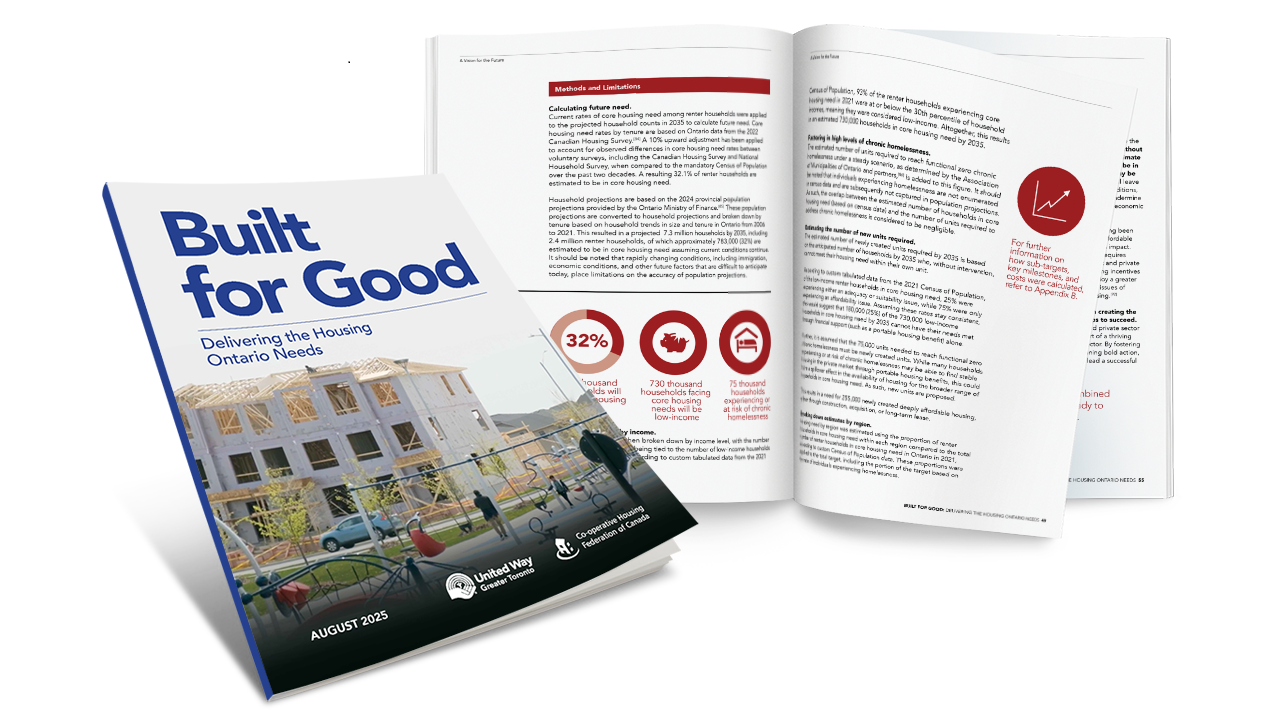
United Way advocates for systems that see people, not just the paperwork. Take housing. Our Built for Good report calls on governments to invest in non-profit and co-op housing. These models give people what they need: affordable homes protected from market pressures. We’re also working tirelessly to increase access to mental health support and coordination of services and improve overall well-being for people facing mental health challenges.
5. Not knowing where to start is a barrier in itself
In the simulator, the community action centre offering bus tickets, cash and utility vouchers — the very things participants needed — sat nearly empty until a volunteer called out to participants, explaining what kind of supports were available.
It’s not all that different outside the simulator. A newcomer might not know there’s an employment centre on their street. A senior on a tight budget might not realize a local food bank could help. And for someone already coping with food insecurity or the stress of adjusting to a new city and language, navigating a maze of government and community programs to connect to the supports they need can feel like one more impossible task.

United Way is there to connect people to support quickly. We’re a proud founding partner of 211 — a free, confidential helpline that’s available 24/7 by phone, text or web chat in more than 150 languages. And by funding 300+ community agencies and nine Community Hubs, we ensure help is close to home and easy to find.
Turning understanding into action
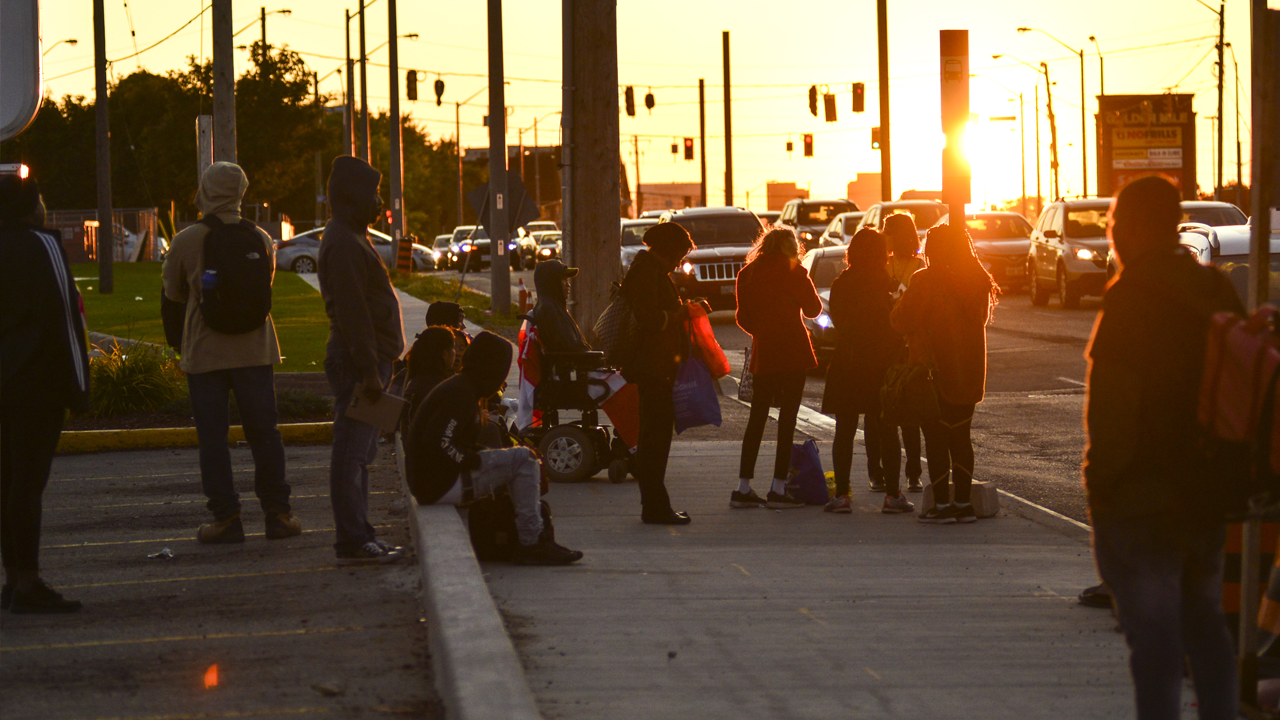
After 60 minutes, participants could breathe a sigh of relief. The simulator was over. But for 1.4 million people in the GTA, there’s no pause button. Poverty is an everyday reality, affecting today’s well-being and tomorrow’s chances.
The key takeaway? Poverty isn’t a personal failing. It’s a complex issue shaped by social, economic and systemic barriers. Building a region where poverty has no home won’t be easy. But United Way will keep showing up — strengthening community supports and advocating for systemic change — to make sure everyone has the chance to thrive. Any way we can.